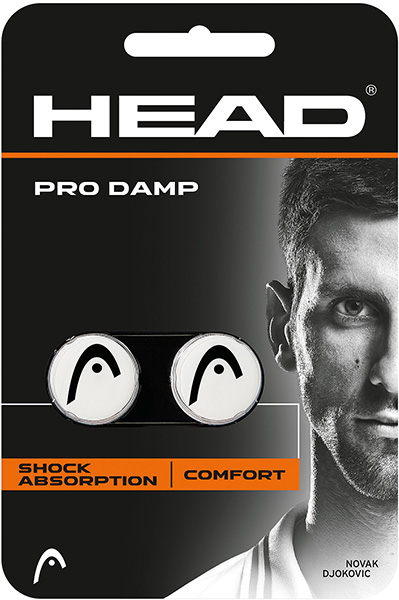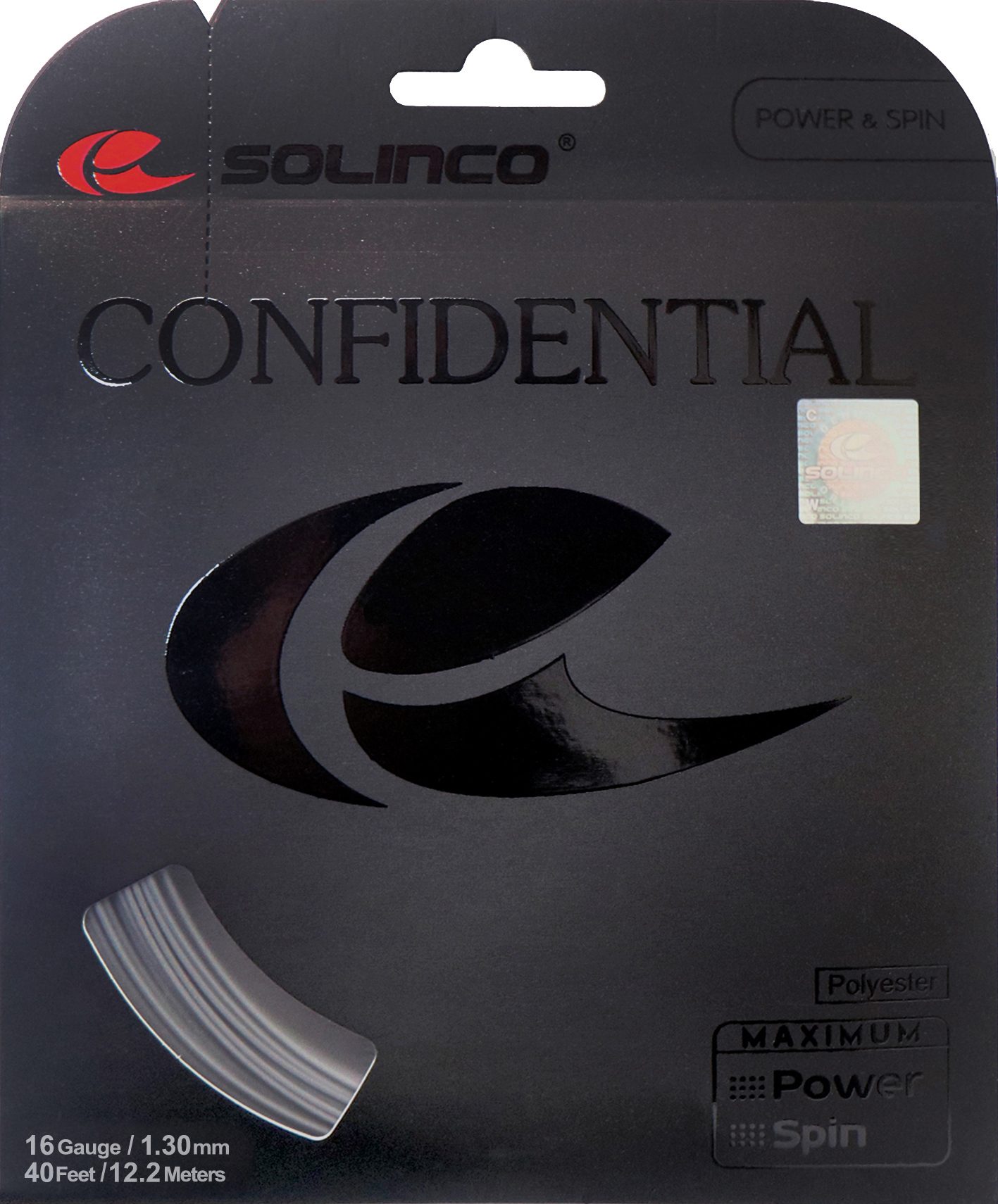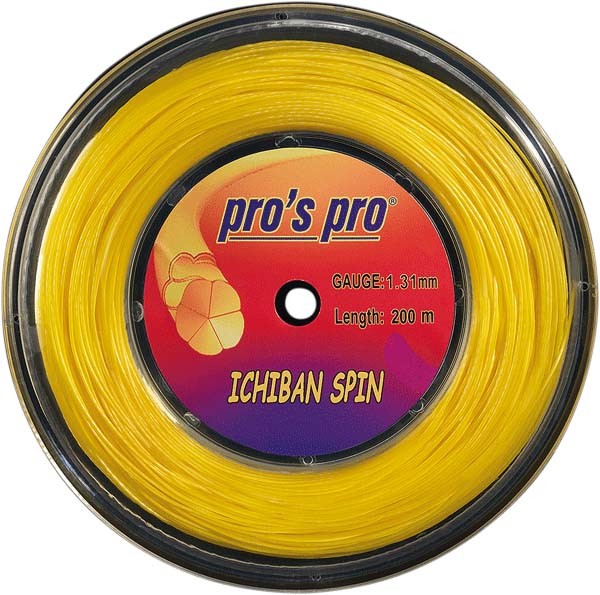

35,90 €

35,90 €
Informacje o produkcie
Pro's Pro Ichiban Spin Gold Tennis String (200m)
Introducing Pro's Pro Ichiban Spin Gold - a premium quality tennis string designed for those players who demand remarkable spin control and tension maintenance on their game. Crafted with the finest co-polyester monofilament, this is a string that ensures top-notch performance and longevity.
First-Rate Material and Construction
The Ichiban Spin Gold tennis string is manufactured with co-polyester fibres, concentrically twisted and thermally bonded. Its durable, resistant structure reflects the commitment Pro's Pro makes towards delivering high-quality sports equipment to its customers. The sturdy yet pliable nature of these strings cater to power players, delivering the perfect balance between strength and playability.
Modified Profile for Superior Performance
The exclusive, modified profile of the Ichiban Spin Gold provides an embossed surface to the string, enabling it to impart fantastic rotation and control on the tennis ball. This unique feature significantly enhances spin potential and facilitates more strategic and competitive play.
Optimal Control and Tension Maintenance
One of the most impressive attributes of the Ichiban Spin Gold string is its ability to maintain tension. This attribute, coupled with superior ball control, makes for a string that can greatly influence the game's outcome in your favour.

| Article number: | ST15181.1 |
|---|---|
| Material: | co-polyester |
| Properties: | control maintenance of tension spin |
| String length (m): | 200 |
| String profile: | modified profile |
| Structure: | monofilament |
Pro's Pro Ichiban Spin Gold Tennis String (200m)
Introducing Pro's Pro Ichiban Spin Gold - a premium quality tennis string designed for those players who demand remarkable spin control and tension maintenance on their game. Crafted with the finest co-polyester monofilament, this is a string that ensures top-notch performance and longevity.
First-Rate Material and Construction
The Ichiban Spin Gold tennis string is manufactured with co-polyester fibres, concentrically twisted and thermally bonded. Its durable, resistant structure reflects the commitment Pro's Pro makes towards delivering high-quality sports equipment to its customers. The sturdy yet pliable nature of these strings cater to power players, delivering the perfect balance between strength and playability.
Modified Profile for Superior Performance
The exclusive, modified profile of the Ichiban Spin Gold provides an embossed surface to the string, enabling it to impart fantastic rotation and control on the tennis ball. This unique feature significantly enhances spin potential and facilitates more strategic and competitive play.
Optimal Control and Tension Maintenance
One of the most impressive attributes of the Ichiban Spin Gold string is its ability to maintain tension. This attribute, coupled with superior ball control, makes for a string that can greatly influence the game's outcome in your favour.

| Article number: | ST15181.1 |
|---|---|
| Material: | co-polyester |
| Properties: | control maintenance of tension spin |
| String length (m): | 200 |
| String profile: | modified profile |
| Structure: | monofilament |
Each offer available in the Tennis Zone is an original product, coming directly from manufacturers or trusted distributors.
Subscribe to newsletter
Save a 5%
Sign up for the free newsletter and do not miss any promotions and news, as well as individual offers from our store.

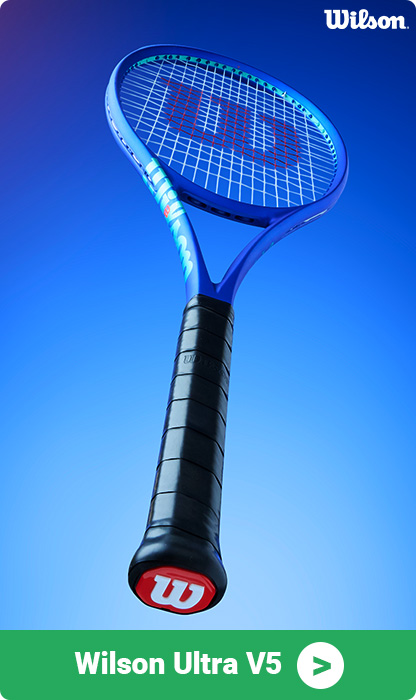

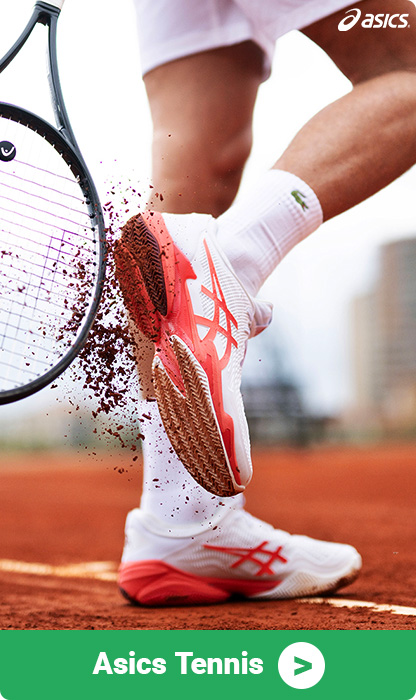
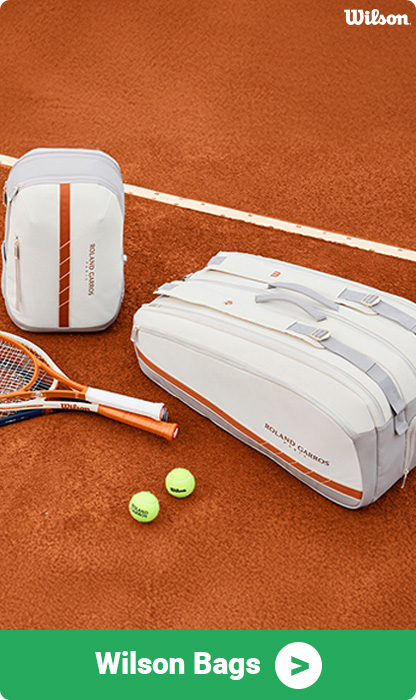
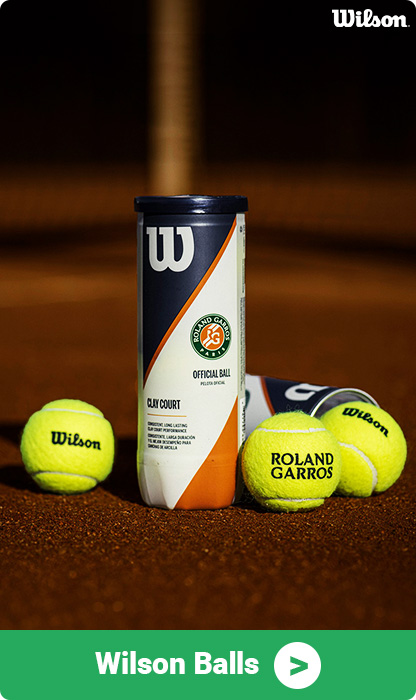
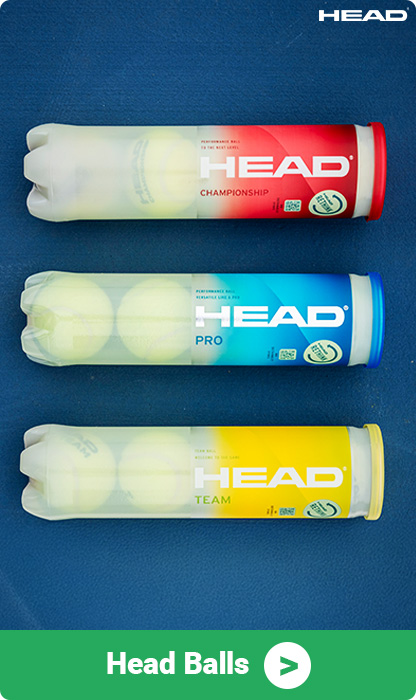
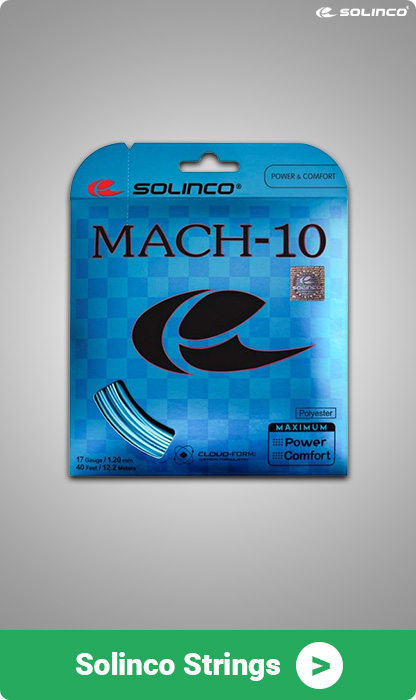
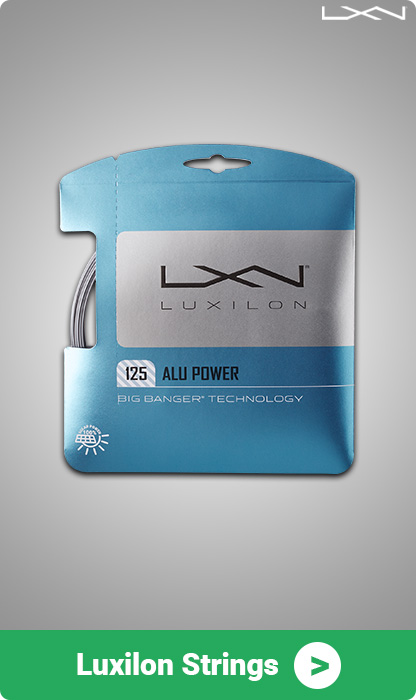
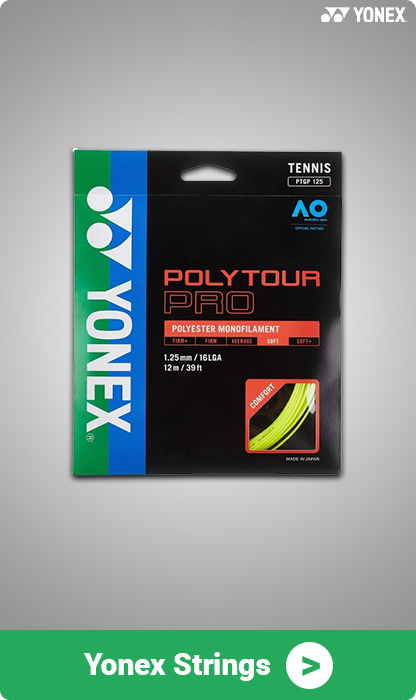














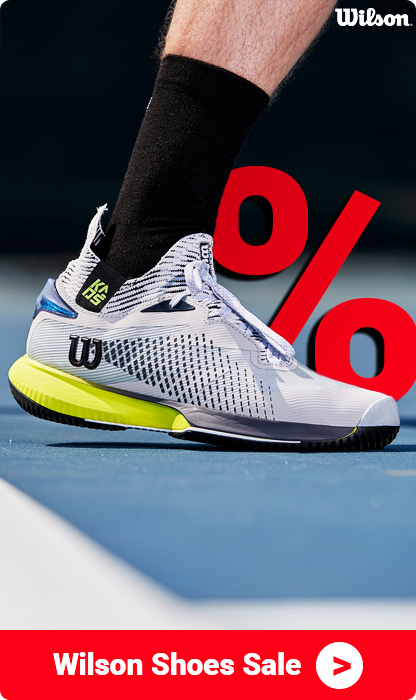
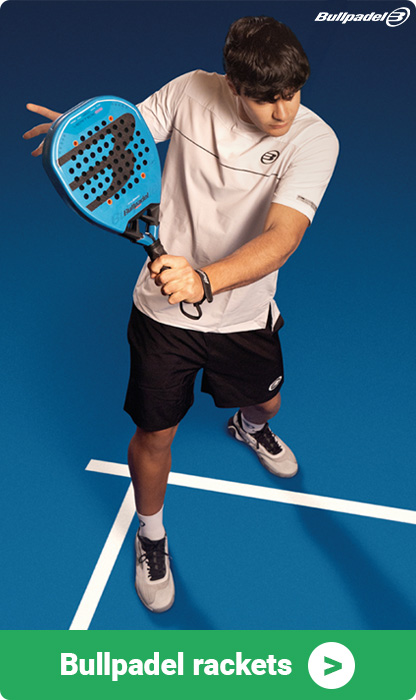
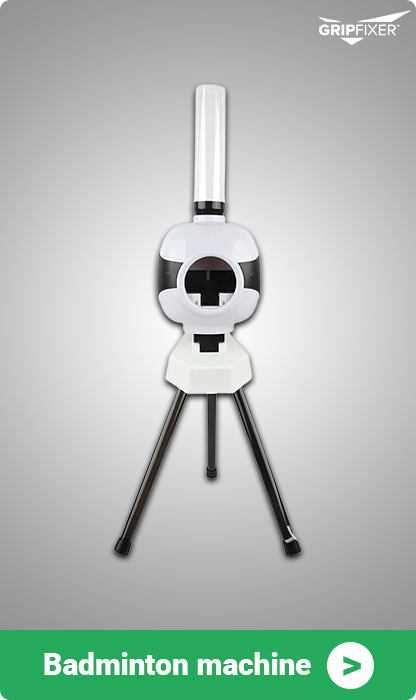
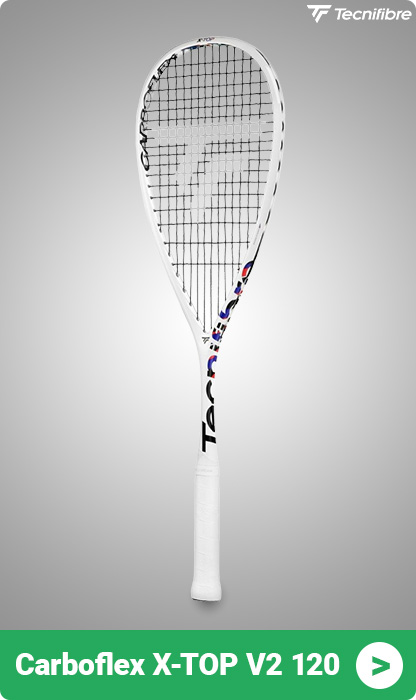
 tennis-zone.eu
tennis-zone.eu 